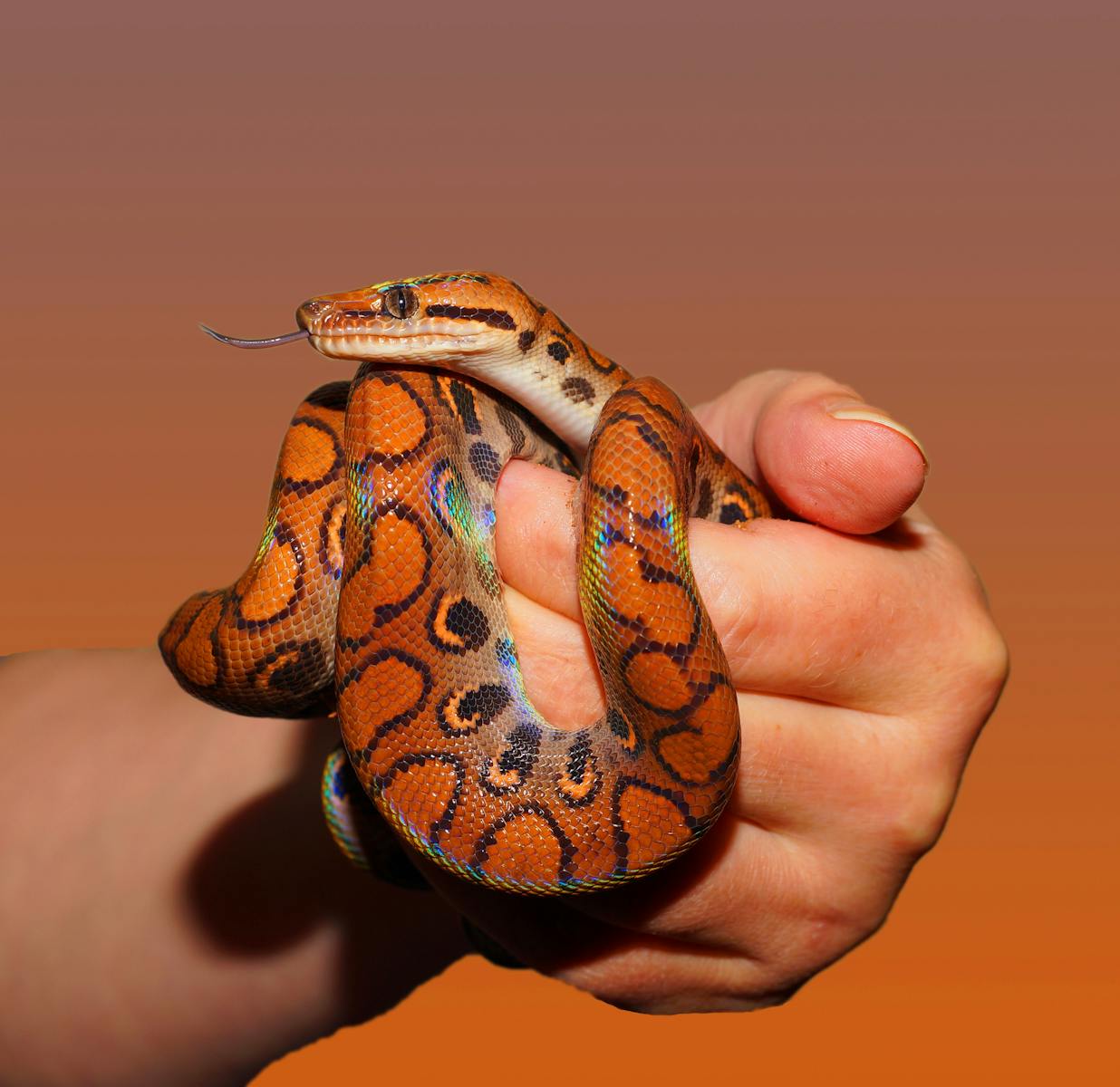Introducing a new companion to your pet snake’s habitat requires careful planning and patience to ensure both animals remain safe and stress-free. Unlike some social pets that naturally enjoy company, snakes are primarily solitary creatures that typically interact with others only during breeding season. However, with proper preparation and technique, some snake species can successfully cohabitate. This guide will walk you through the essential steps to safely introduce your pet snake to a new tankmate, whether another snake or a compatible reptile species, while minimizing stress and preventing potential conflicts or health issues.
Understanding Snake Social Behavior
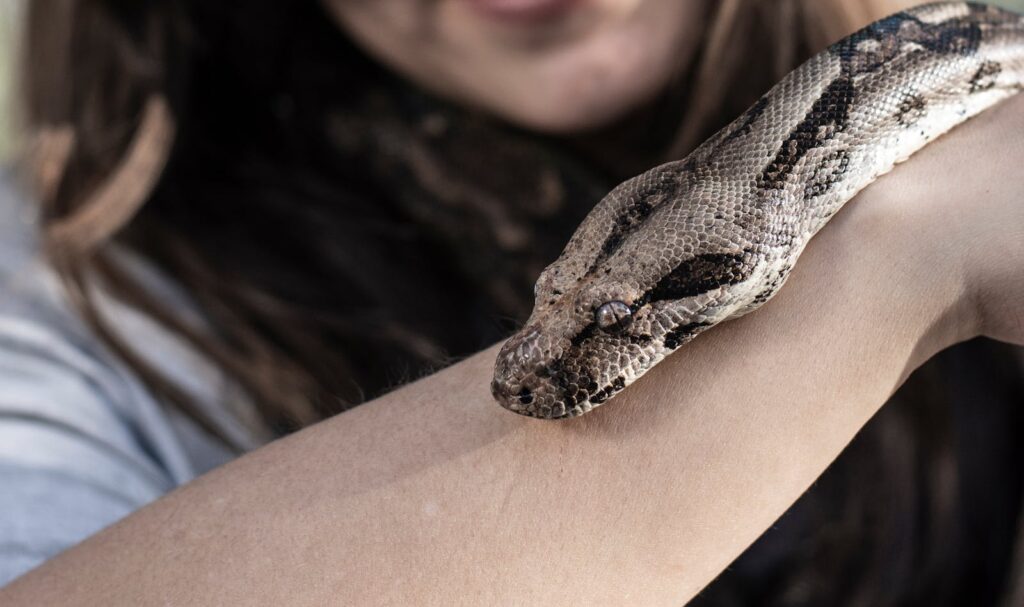
Snakes are fundamentally solitary animals that have evolved to hunt, shelter, and survive independently in the wild. Most species naturally avoid interaction with other snakes except during breeding season, which means cohabitation isn’t typically part of their natural lifestyle. This solitary nature is important to understand before attempting to introduce a new tankmate, as forcing incompatible snakes to share space can cause chronic stress, feeding problems, and even aggressive encounters. Different species have varying tolerance levels for companions – for example, garter snakes tend to be more communal than ball pythons, which strongly prefer living alone. Understanding your specific snake’s natural behavior patterns will help you set realistic expectations for the introduction process and determine whether cohabitation is appropriate for your pet.
When Cohabitation Is and Isn’t Appropriate
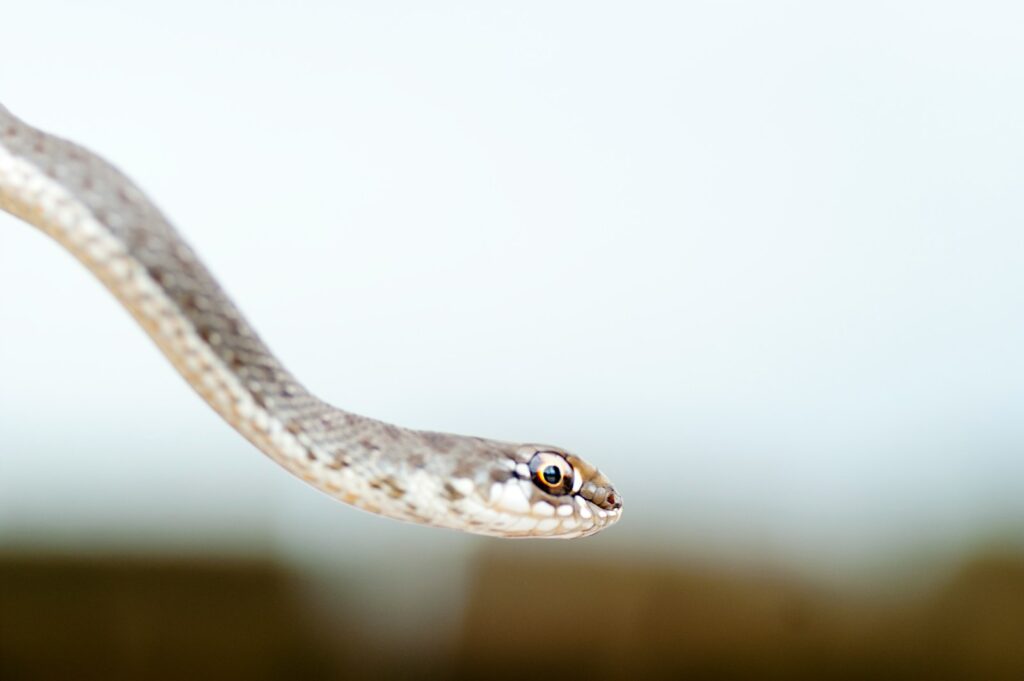
Not all snake species or individual specimens are suitable candidates for cohabitation, regardless of introduction techniques. Generally speaking, housing two male snakes together should be avoided in most species due to potential territorial disputes, especially during breeding season. Same-sex female groupings tend to be more successful in certain communal species like garter snakes, rough green snakes, or ribbon snakes. Different species should almost never be housed together as they have different environmental requirements, potential disease transmission concerns, and unpredictable interaction patterns. Size disparity between snakes poses a serious risk, as larger snakes may view smaller ones as prey rather than tankmates. Age also matters – juvenile snakes often adapt more easily to companions than adults with established territorial behaviors, though very young snakes should be allowed to grow independently before introducing tankmates.
Preparing the Optimal Enclosure
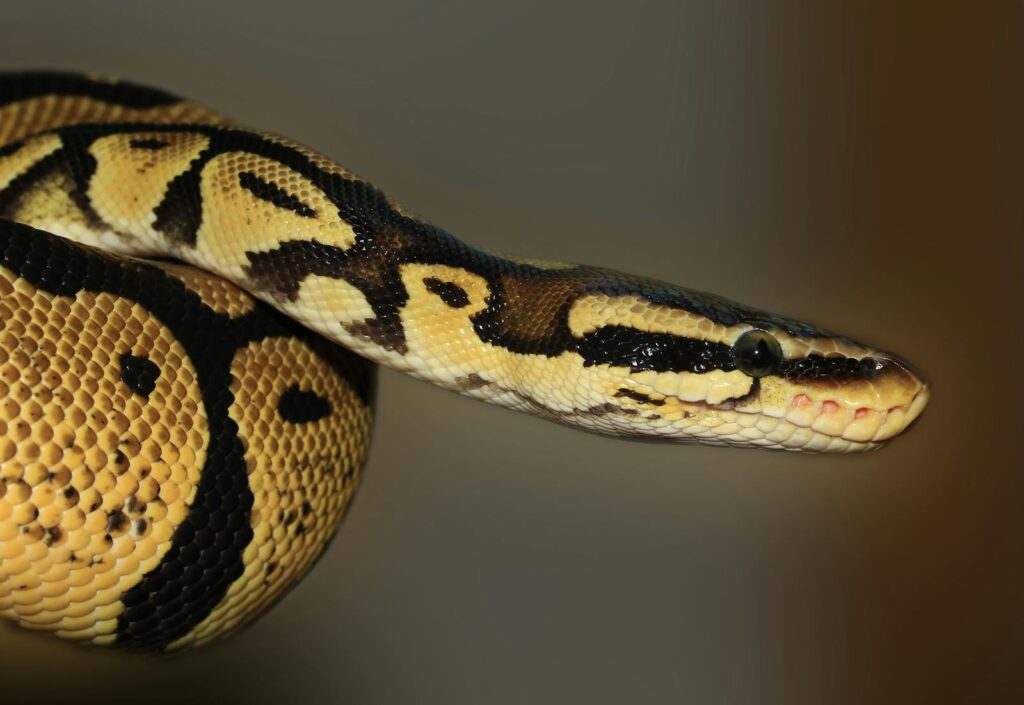
Before any introduction takes place, you’ll need to prepare an appropriately sized enclosure that accommodates multiple occupants. As a general rule, when housing multiple snakes, the enclosure should be significantly larger than what would be required for a single snake – experts recommend at least doubling the tank size when adding a second snake. Multiple hiding spots are absolutely essential, with at least two secure hides per snake positioned at different temperature zones within the enclosure. Separate basking areas will prevent competition for prime thermal regulation spots, while multiple water dishes ensure all occupants have easy access to hydration. Creating visual barriers with strategically placed plants, branches, rocks, or other decorations helps reduce stress by allowing snakes to avoid constant visual contact with each other. The habitat should offer plenty of climbing opportunities, ground cover, and terrain variation to create microhabitats within the larger enclosure.
Quarantine Procedures for New Arrivals
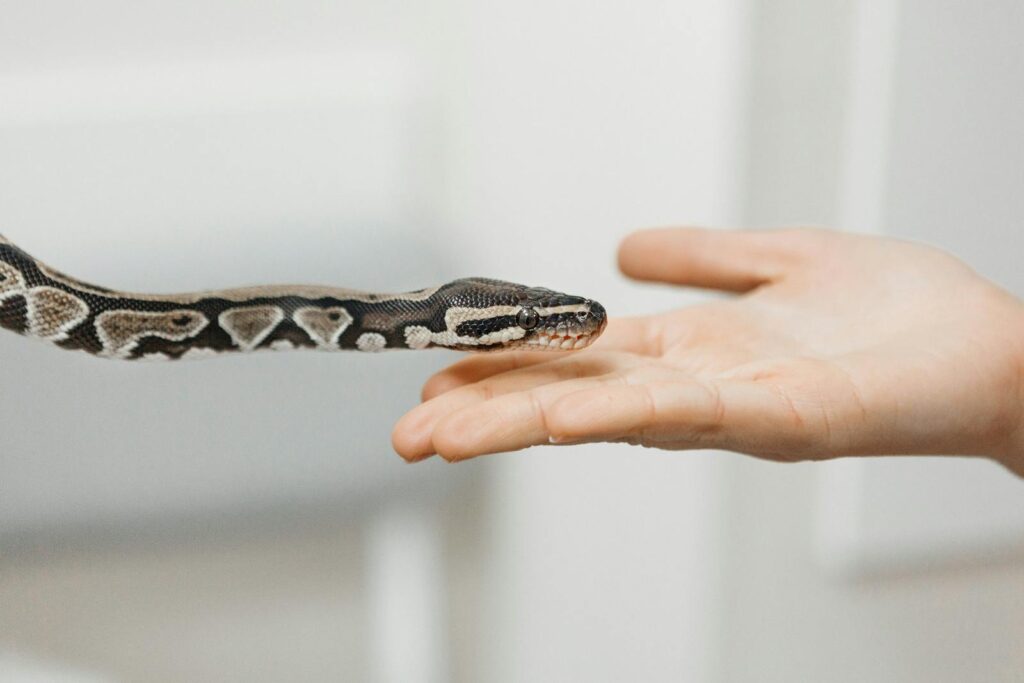
One of the most critical steps before introducing any new reptile to your collection is implementing a proper quarantine period. All new snakes should be housed separately for a minimum of 30 days, though 60-90 days is strongly recommended by veterinary experts to observe for any signs of illness or parasites. During this quarantine period, the new arrival should be kept in a simple but appropriate setup with proper temperature, humidity, and hiding places. Carefully monitor for any concerning symptoms such as respiratory issues, abnormal feces, regurgitation, unusual behavior, or visible parasites. Ideally, the quarantined snake should receive a veterinary check-up and fecal exam before being considered for introduction to existing pets. This preventative step protects your established collection from potential pathogens and gives the new snake time to adjust to its new environment before facing the additional stress of meeting a tankmate.
Health Checks Before Introduction
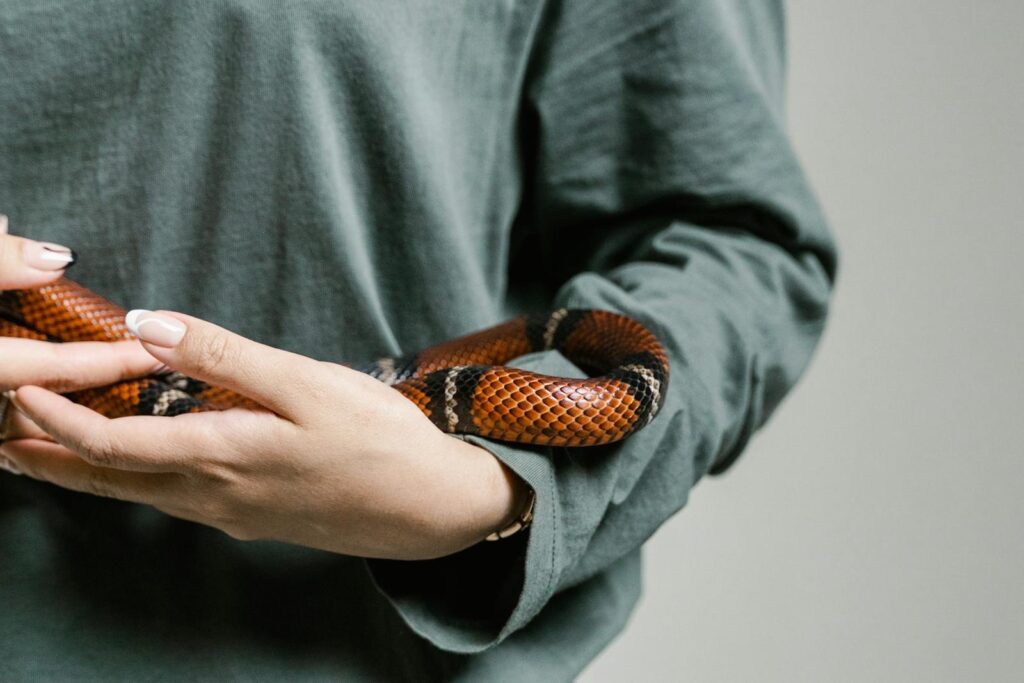
Prior to any introduction attempt, both the resident snake and the newcomer should be in excellent health with no signs of illness, stress, or nutritional deficiencies. Look for bright, clear eyes, smooth skin with no retained shed, alert behavior, normal breathing, and regular eating habits. A veterinary examination for both snakes is highly recommended to confirm they’re parasite-free and showing no subclinical signs of disease that might become problematic under the stress of introduction. Pay special attention to weight and body condition – an underweight snake may be more vulnerable to stress during cohabitation, while an overweight snake might be less agile in navigating shared spaces. Mouth rot, respiratory infections, or scale issues should be completely resolved before attempting introductions. Healthy snakes will be better equipped to handle the potential stress of sharing territory and more likely to display normal, non-aggressive behaviors during the introduction process.
Feeding Considerations for Multiple Snakes
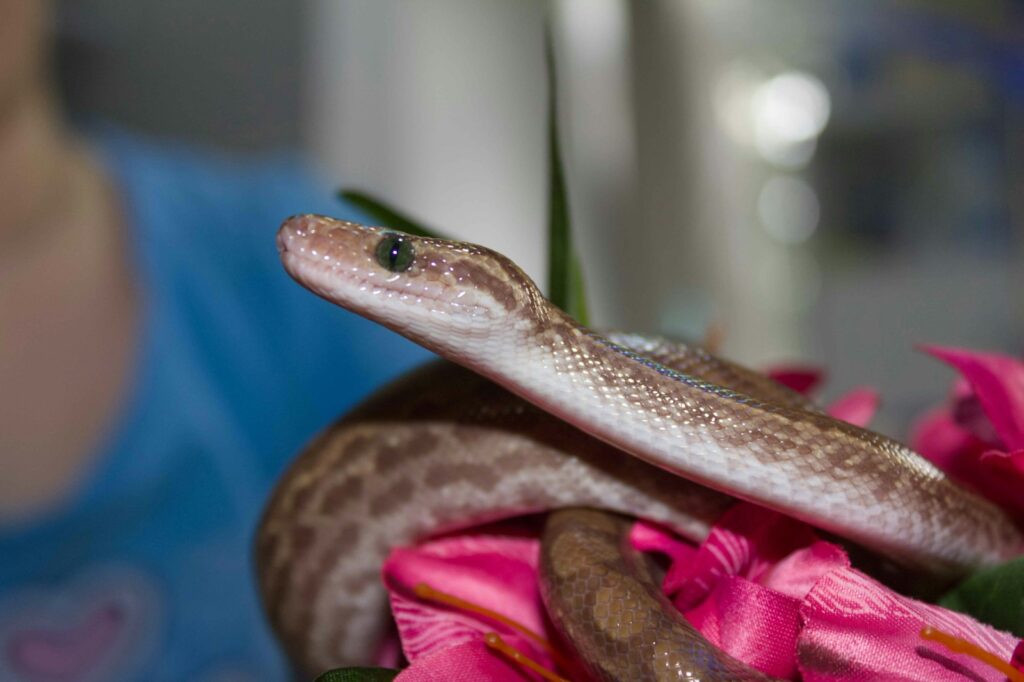
Feeding time presents one of the greatest challenges when housing multiple snakes together, as the predatory feeding response can trigger aggression or accidental bites between tankmates. Many experienced keepers recommend temporarily separating snakes during feeding using feeding tubs or containers to prevent food competition and feeding-related aggression. Size-appropriate prey items should be offered to each snake individually, ensuring that both snakes receive proper nutrition without competition. Monitor each snake’s feeding response and weight to ensure neither animal is outcompeting the other for resources. Some keepers establish a routine where snakes are separated for 24-48 hours after feeding to prevent any regurgitation issues that might occur if snakes become active too quickly after a meal due to interactions with a tankmate. Creating a consistent feeding schedule helps establish predictability and potentially reduces stress around feeding times.
The Neutral Territory Method
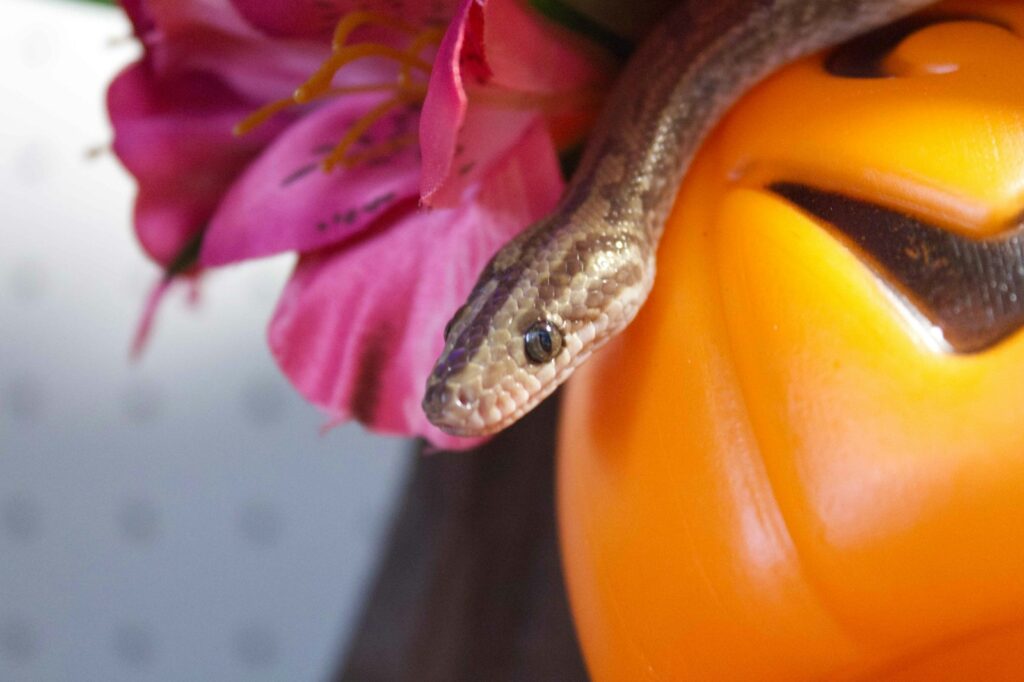
One effective technique for first introductions is the neutral territory method, which allows snakes to meet in an area that neither has claimed as territory. Set up a separate, temporary enclosure with simple furnishings that doesn’t smell like either snake, creating a neutral meeting ground. This enclosure should have appropriate temperature and several hiding spots but minimal décor to allow for easy observation and intervention if needed. Place both snakes in this neutral area for a short supervised period, typically 15-30 minutes for the first meeting. Watch closely for any signs of stress or aggression such as striking positions, hissing, or one snake consistently retreating from the other. This neutral ground approach reduces the territorial response that might occur if a new snake is placed directly into an established snake’s enclosure, where scent markers and familiarity give the resident an advantage and potentially trigger defensive behaviors.
The Gradual Introduction Technique
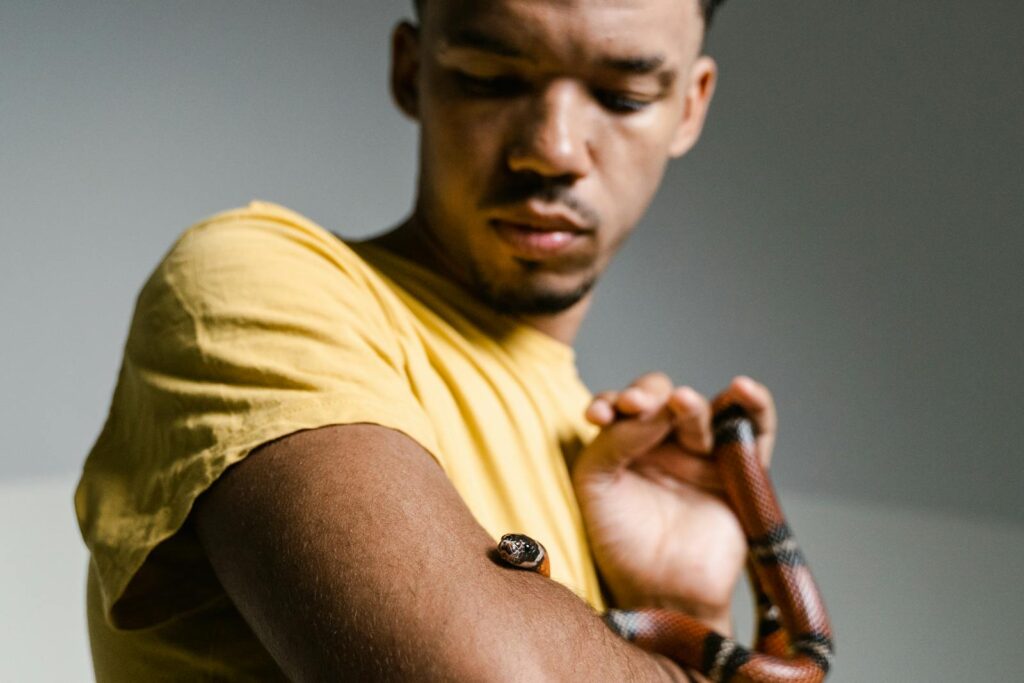
For more cautious introductions, especially with potentially territorial species, the gradual introduction technique offers a methodical approach to acclimating snakes to each other’s presence. Start by housing the snakes in separate enclosures placed side by side, allowing them to become aware of each other’s scent and presence without direct contact. After several weeks of this proximity acclimatization, you can progress to short, supervised meetings in neutral territory as described previously. Gradually increase the duration of these supervised sessions, always watching for signs of stress or aggression. If all interactions remain positive, the next step involves moving both snakes into their permanent shared enclosure, which should be newly set up or thoroughly cleaned to remove established territorial scents. This methodical approach gives both snakes time to adjust to each other’s presence before sharing permanent space, potentially reducing territorial disputes.
Monitoring Behavior During Introduction

Careful observation during the introduction process is essential for ensuring the safety and well-being of both snakes. Positive interaction signs include passive acknowledgment, comfortable sharing of space, mutual exploration without defensive posturing, and normal activity levels from both animals. Concerning behaviors that warrant immediate separation include striking or lunging at each other, consistent defensive postures like the s-shaped pre-strike position, excessive hissing, one snake continually pursuing the other, or either snake refusing to eat or showing signs of stress. Some species may initially engage in “combat dancing” or wrestling behaviors, particularly males, which usually indicates competition rather than compatible tankmates. Keep detailed records of each introduction session, noting behaviors, duration, and any changes in either snake’s demeanor, which will help you identify patterns and determine whether the pairing is likely to succeed long-term.
Signs of Stress and When to Separate
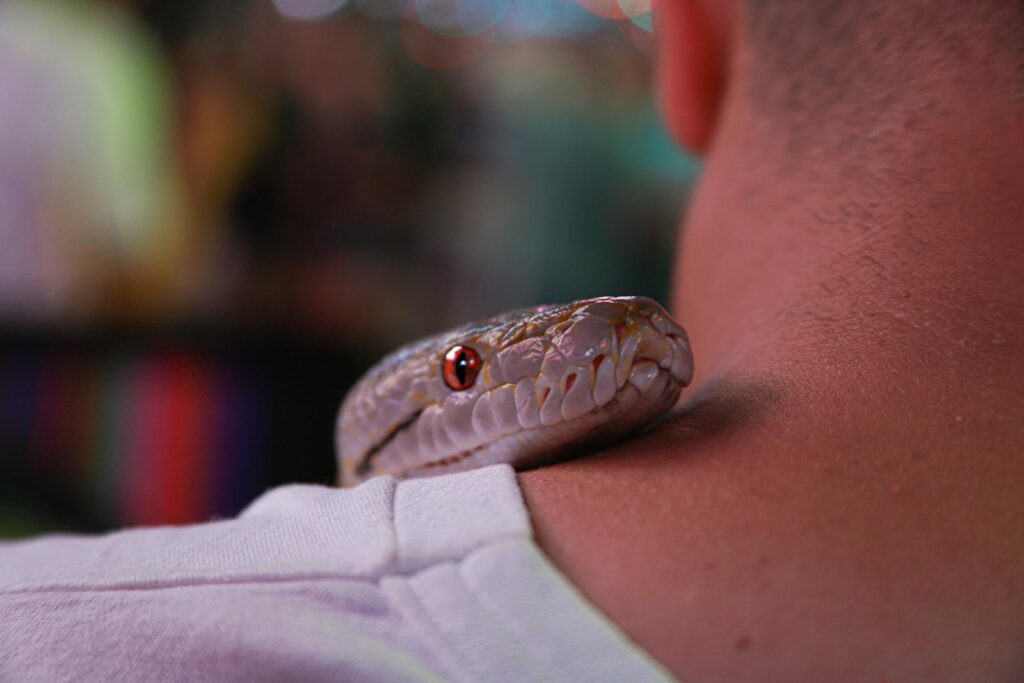
Recognizing stress indicators in snakes is crucial for preventing serious problems during cohabitation attempts. Physical stress signs include reduced appetite or refusal to eat, weight loss, frequent defensive posturing, excessive hiding, abnormal shedding patterns, or regurgitation of meals. Behavioral indicators might include increased defensive reactions when approached, glass surfing (repeatedly moving along the terrarium glass), unusual movement patterns, or attempting to escape the enclosure. If either snake displays consistent stress indicators for more than a few days after introduction, separation is recommended. Emergency separation is necessary if you observe any aggressive encounters, including biting, constricting behaviors, or one snake appearing to view the other as prey. Remember that unsuccessful cohabitation doesn’t reflect poor husbandry – some snakes simply prefer solitary living, and respecting their natural preferences should be prioritized over the keeper’s desire for a communal setup.
Long-term Monitoring and Adjustment
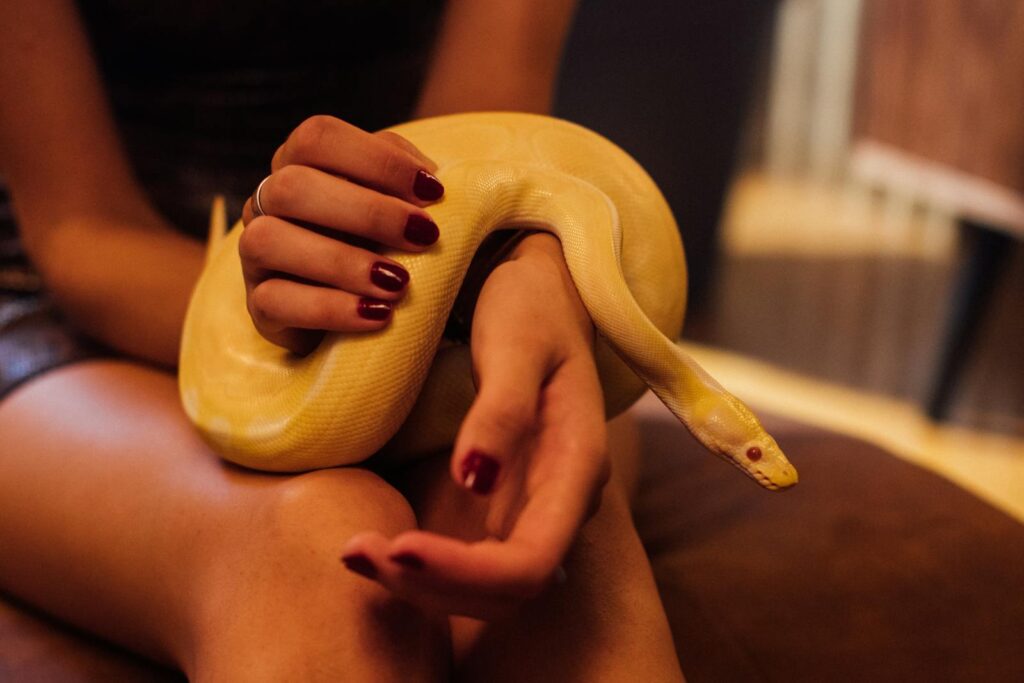
Even after a seemingly successful introduction, continued vigilance remains essential for the first several months of cohabitation. Establish a regular observation schedule to check for subtle signs of stress or conflict that might not be immediately apparent. Weigh both snakes weekly to ensure they’re maintaining appropriate body condition, as weight loss can be an early indicator of stress before other symptoms appear. Pay attention to behavioral changes during seasonal shifts, as breeding seasons can trigger new territorial or competitive behaviors even in previously compatible tankmates. Be prepared to modify the enclosure setup if you notice competition for particular hiding spots, basking areas, or other resources – sometimes simply adding more options can resolve emerging conflicts. Keep separate enclosures available as a backup plan should the cohabitation arrangement need to be terminated, ensuring you can quickly separate the snakes if necessary.
Species-Specific Considerations
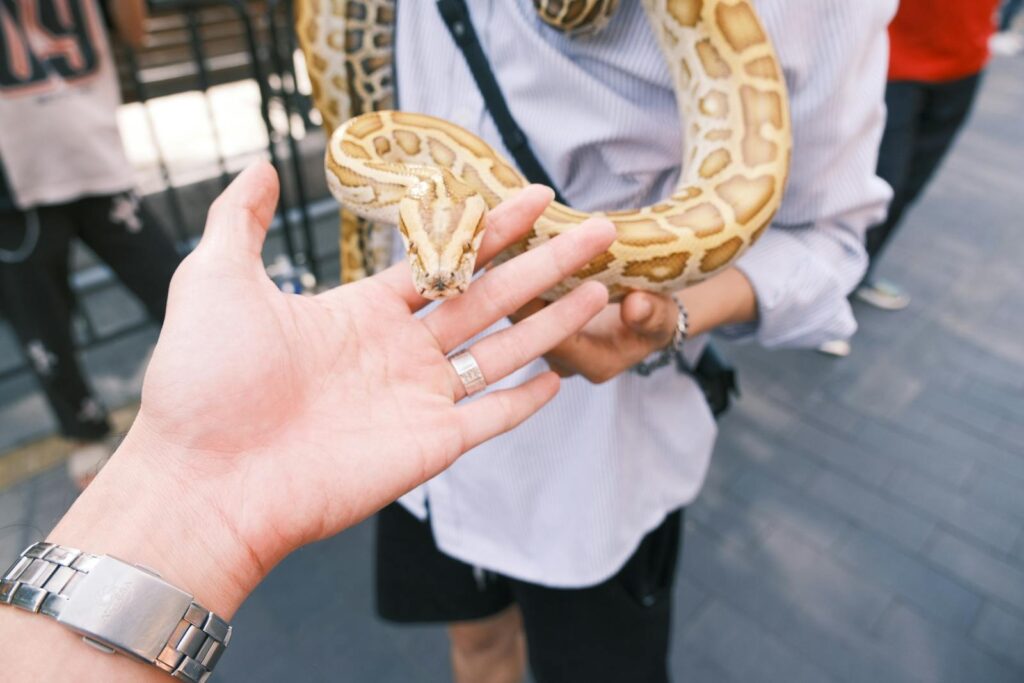
Different snake species have varying compatibility potential based on their natural social behaviors and environmental needs. Garter snakes (Thamnophis species) are among the most naturally social snakes and often do well in small same-sex groups, particularly females. Corn snakes can sometimes tolerate conspecific tankmates if the enclosure is spacious enough, though they don’t seek social interaction. Ball pythons, despite their docile nature with humans, are strongly solitary and typically stress when housed with others, making them poor candidates for cohabitation in most circumstances. King snakes and milk snakes should never be housed with other snake species as they naturally prey on other snakes in the wild. Arboreal species like green tree pythons require specialized vertical space considerations when kept together. Research your specific species’ natural history thoroughly, as some species that are commonly kept in captivity have never been documented successfully cohabitating long-term, regardless of introduction methods.
Ethical Considerations of Snake Cohabitation

As responsible keepers, we must consider the ethical implications of housing naturally solitary animals together. While some snake species demonstrate tolerance for conspecifics in captivity, few actively benefit from companionship in the way social mammals might. The primary motivation for cohabitation often stems from the keeper’s space limitations or aesthetic preferences rather than the snakes’ wellbeing. Before pursuing a cohabitation setup, honestly assess whether the arrangement primarily benefits the animals or yourself. Consider that many subtle stress behaviors in reptiles can go unnoticed by even experienced keepers, potentially resulting in chronic stress that shortens lifespan or reduces quality of life. The reptile keeping community increasingly emphasizes species-appropriate husbandry that mirrors natural behaviors, which for most snake species means solitary housing. If space constraints are motivating cohabitation attempts, consider whether your current living situation genuinely allows for proper care of multiple reptiles.
Conclusion
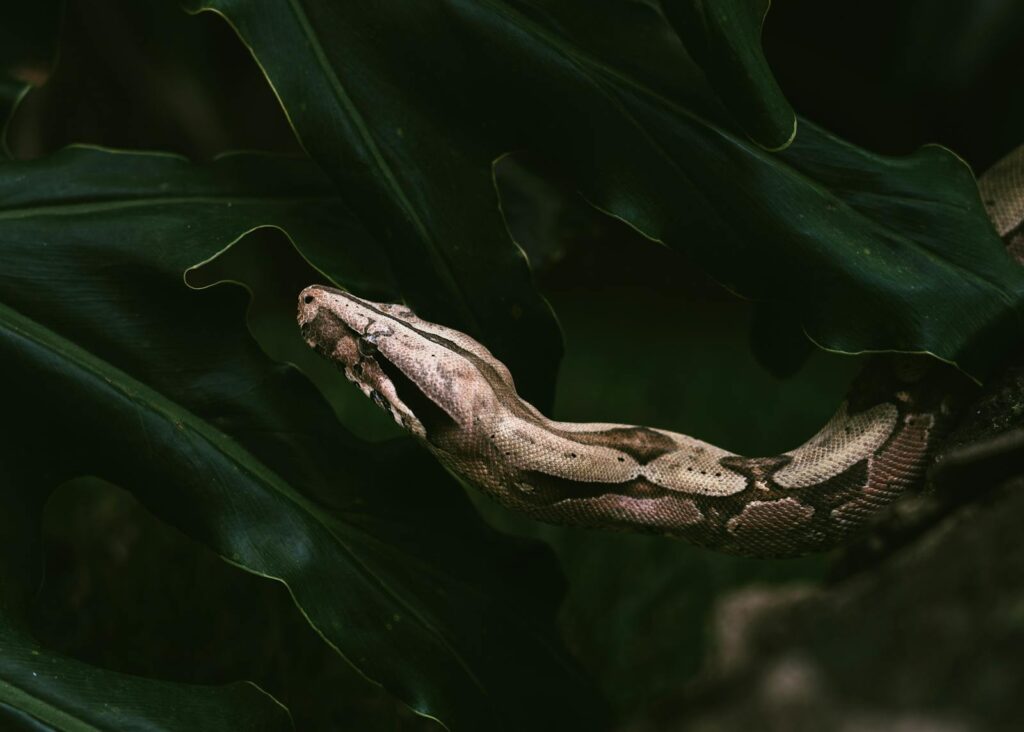
Successfully introducing a pet snake to a new tankmate requires patience, careful observation, and respect for the animals’ natural behaviors. While some snake species can tolerate conspecific companions under the right conditions, many thrive best in solitary environments that reflect their natural history. By following proper quarantine procedures, preparing an appropriate habitat with multiple resources, using gradual introduction techniques, and remaining vigilant for signs of stress or conflict, you increase the chances of a successful cohabitation—if your species is naturally amenable to it. Remember that the welfare of the animals should always take precedence over the keeper’s desire for a communal setup, and be prepared to separate snakes permanently if they show signs of chronic stress or incompatibility. With thoughtful preparation and responsible monitoring, some snakes can peacefully share space, but always be ready to provide separate accommodations if needed for their health and wellbeing.

